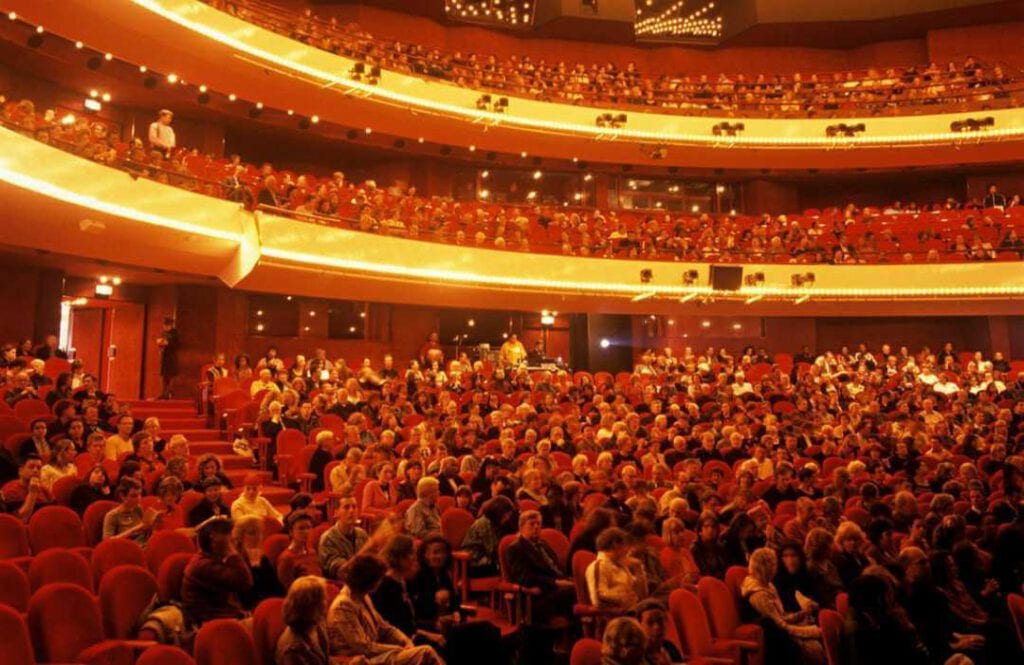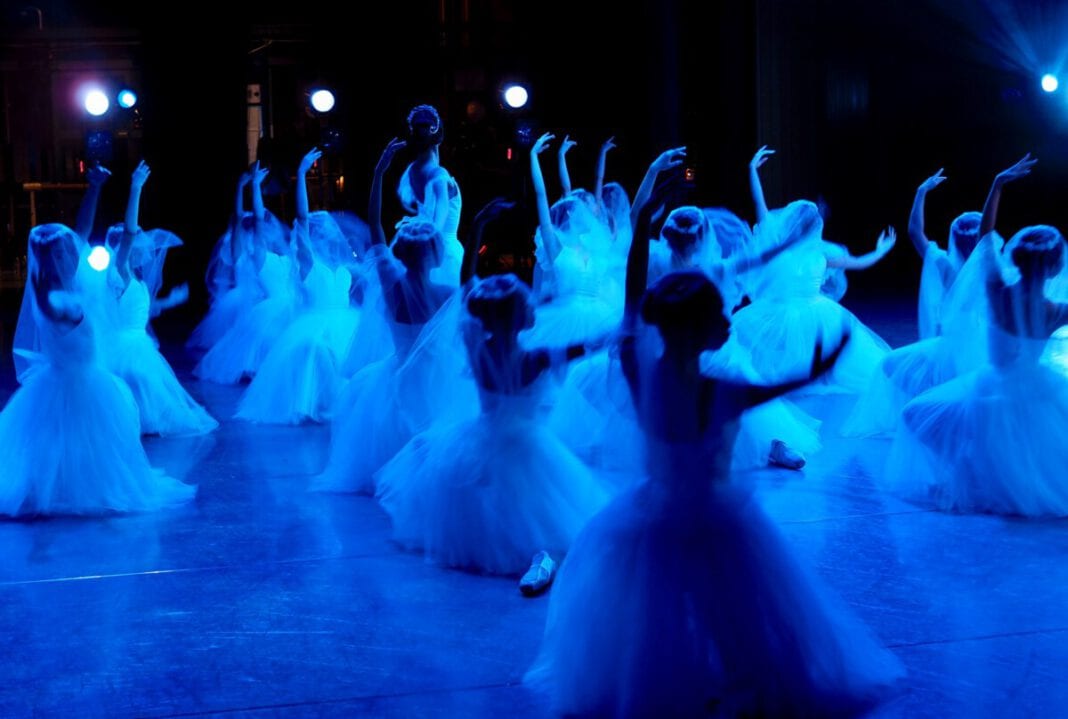As the leading organisation for the performing arts, the Dutch National Opera & Ballet is an internationally appreciated institute and a true cornerstone of Dutch culture. Without being able to fill the auditorium or encourage visits to performances, it is easy to assume the institution is facing tough times. This is not the case, however.
For an art institution founded on a love of performance, the nationwide curfew and extended lockdown measures hit the theatre the hardest. However, despite having closed its physical doors in response to a government announcement on December 14, 2020 (until at least February 9, 2021) — the Dutch National Opera & Ballet has found ways around this unprecedented challenge.
True to the nature of the city where it is housed, this institution encompasses Amsterdam’s ability to maintain tradition while evolving with the times. After all, one doesn’t become amongst the top five of its kind in the world by stagnating.
Bringing the performance into your home
Instead of succumbing to the lockdown crisis, this proud institute of artistic expression is offering an “Online Season,” in which various performances and brilliant programmes can still be enjoyed online. Via this Online Season, the Dutch National Opera & Ballet encourage art-lovers by providing the opportunity to bring the theatre home.
The public can watch diverse, free online performances of breath-taking ballets and opulent operas by picking a seat with the best (on screen) views, preparing their favourite snacks, or even organising an online group hangout or date by streaming performances with friends.

Sadly, despite these offers, various much-anticipated Autumn performances were still postponed or cancelled altogether (including Oedipus Rex and Der Fliegende Holländ), and the institute had to create entirely new programmes for 2021.
Previous coronavirus measures
For those who look forward to physically visiting the institute in the future (whenever that may be!), the COVID-19 measures practised by the Dutch National Opera & Ballet will likely still be in effect. These measures included regulated entrances, mandatory face masks and, naturally, hygiene and sanitisation measures.
Along with the rest of Amsterdam, the Dutch National Opera & Ballet strongly advised wearing face masks indoors. This was mandatory for those viewing in-person performances, but face-shields could be removed once patrons were in their seats.
Entrances were (and will continue to be) regulated, with staff requesting that visitors disinfect their hands. Tickets, either printed or on-screen, were scanned from a distance. An adherence to social-distancing was also followed, and the box office area, foyer and auditorium maintained a 1.5-meter distance from other guests. When it came to sitting, there was a minimum of 3 seats between guests.
It is also worth mentioning that the theatre’s ventilation is circulated according to advice from the REHVA (Federation of European Heating, Ventilation and Air Conditioning Associations). No air is recirculated, and all air coming into the building is outside air.
A maximum of 4 tickets was sold to one person, and the theatre was allowed to seat only 30 guests per performance or activity. Seats were assigned upon entry to the venue, and placement was not possible.
Support the Dutch performing arts
On their website, the Dutch National Opera & Ballet requests public understanding and cooperation while they, and the rest of the country, eagerly look forward to the return of normalcy. Art has always been a means of connection and continues to join us in protest against lockdown-induced boredom and frustration.
Will you be enjoying the online performances, videos, quizzes and classes offered by this institute? Tell us your thoughts in the comments below!
Feature Image: Kazuo Ota/Unsplash.


